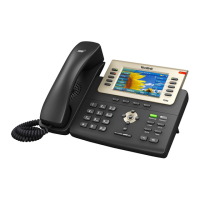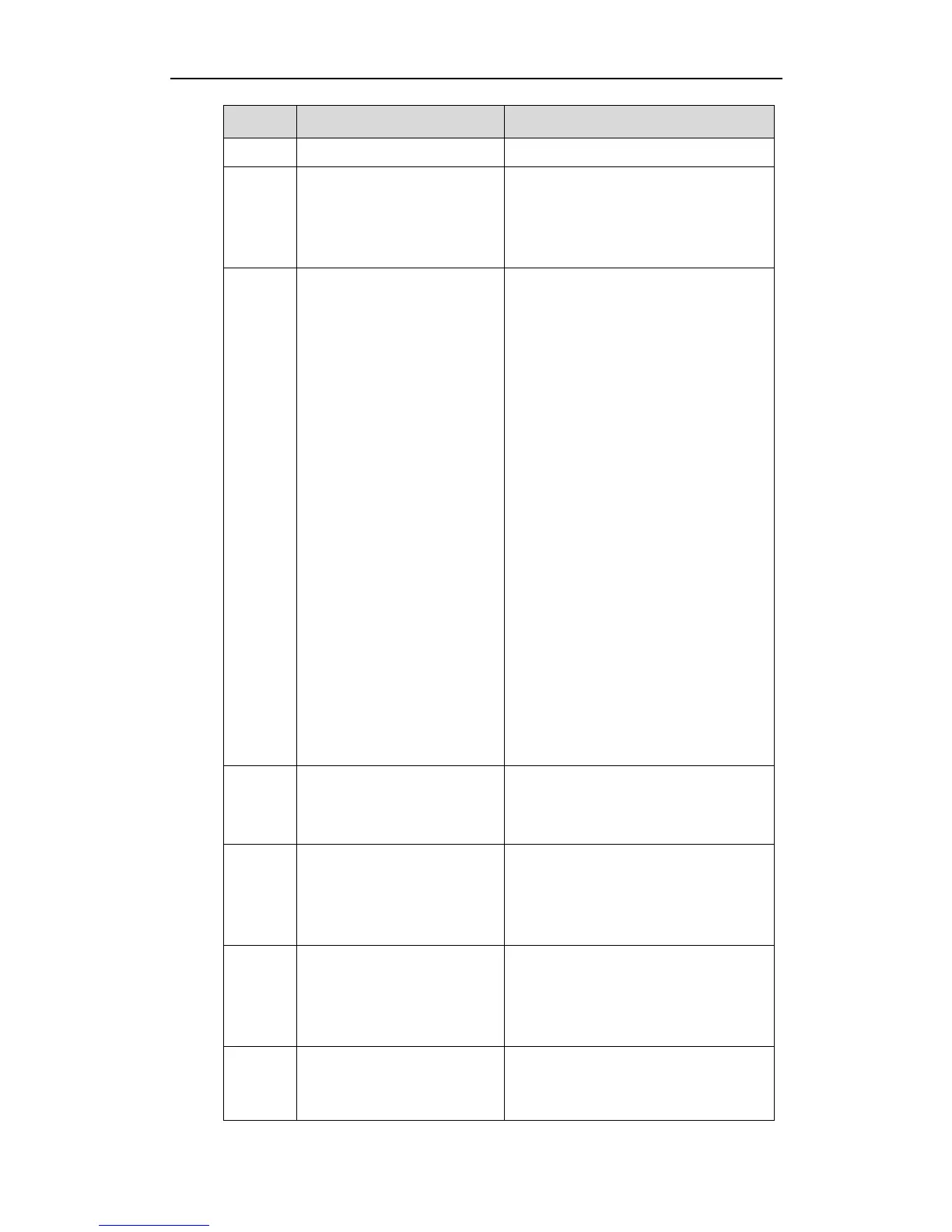call session is now active.
ACK—Proxy Server to User B
The proxy server sends the SIP ACK to
User B. The ACK confirms that the proxy
server has received the 200 OK
response. The call session is now active.
INVITE—User C to Proxy
Server
User C sends a SIP INVITE message to
the proxy server. The INVITE request is
an invitation to User A to participate in
a call session.
In the INVITE request:
The IP address of User A is inserted
in the Request-URI field.
User C is identified as the call
session initiator in the From field.
A unique numeric identifier is
assigned to the call and is inserted
in the Call-ID field.
The transaction number within a
single call leg is identified in the
CSeq field.
The media capability User C is
ready to receive is specified.
The port on which User A is
prepared to receive the RTP data is
specified.
INVITE—Proxy Server to User
A
The proxy server maps the SIP URI in the
To field to User A. The proxy server
sends the INVITE message to User A.
180 Ringing—User A to Proxy
Server
User A sends a SIP 180 Ringing
response to the proxy server. The 180
Ringing response indicates that the user
is being alerted.
180 Ringing—Proxy Server to
User C
The proxy server forwards the 180
Ringing response to User C. User C
hears the ring-back tone indicating that
User A is being alerted.
INVITE—User A to Proxy
Server
User A sends a mid-call INVITE request
to the proxy server with new SDP
session parameters, which are used to

